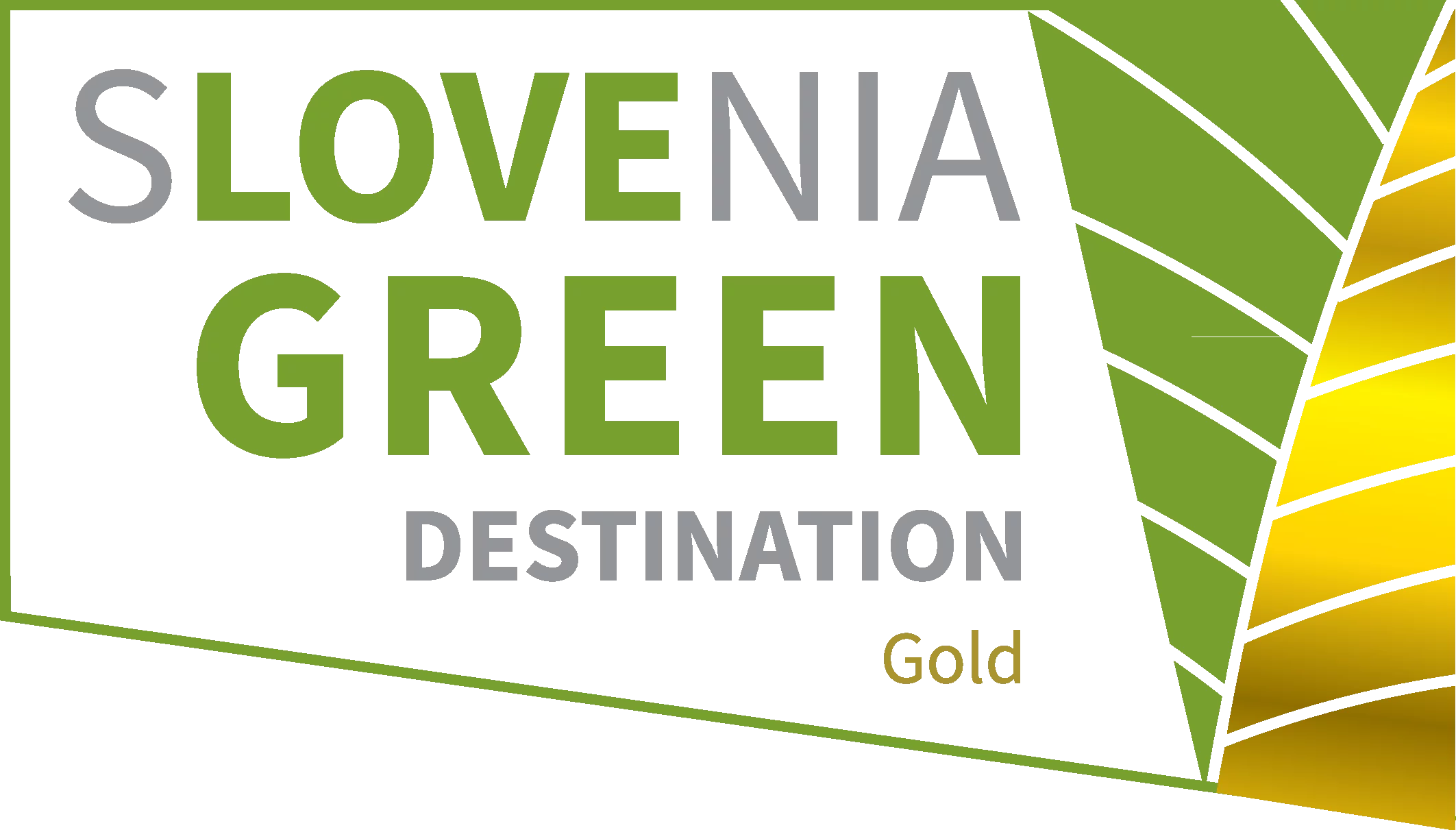The Saltworks’ Festival is a tribute to the place, the people, and the salt that has shaped the story of our region for centuries.
The sea, sun, and wind gave birth to crystals of salt, which—long before humans arrived—remained trapped in the mud and stone hollows. The first oral accounts of the Piran saltpans date back to the year 804, when they were mentioned by envoys of Charlemagne at a meeting in Rižana. The first written records of the Sečovlje saltpans date back to the 13th century, where they appear in documents related to the Venetian Republic. By then, the saltpans were already an important source of salt for the entire northern Adriatic area.
The saltpans were interwoven with channels supplying water to the salt fields (fondi), which were named after saltmaking families and saints. In spring, around St. George’s Day, the tenants of the fondi moved with their families to their second homes in the saltpans—there were more than 400 stone houses in the Sečovlje saltpans, a few dozen in Fazan (Lucija) and Strunjan. With hard work and patience, the saltmakers harvested salt until the Feast of St. Bartholomew at the end of August, when the season ended.
Today, these seasonal migrations no longer take place, but their story is revived through the festival’s lively programme, which keeps the memory of this special way of life alive.
PROGRAMME
Saturday, 23 August
Sečovlje Saltpans – Lera
11:00 am – 8:00 pm
-
Stalls offering salt-based products and selected items from the saltpans (books, straw hats, tastings)
-
Presentation of the book The Adventures of Little Emi about the only indigenous European freshwater turtle, the European pond turtle (LIFE URCA PROEMYS project), by author Iztok Škornik
-
Sečovlje Salina Nature Park (SSNP) – presentation of the park, the work of nature wardens, invasive species, and the LIFE URCA PROEMYS project
-
Presentation of the activities of the Museum of Saltmaking and the Maritime Museum “Sergej Mašera” Piran
-
TD Taperin Sečovlje presentation (products made by members, demonstration and tasting of Istrian kroštoli, sharing recipes, and children’s workshop)
-
Creative workshops for children (stamp collection at various stations; prize for completed workshops)
-
Prize draw for park visitors: all-day event with 3 winners drawn at the end, prizes sent by post
11:00 am – Nika Solce: The Little White Egret – a musical fairytale (a versatile artist, puppeteer, and singer who blends her musical language with folk tradition)
11:45 am – 1:45 pm – Wooden taperini painting workshop, led by versatile Piran artist Vasko Vidmar
5:00 pm – Guided tour of the exhibition Piran’s Triptych in Caserma with the author, painter Boris Selan
6:00 pm – Lecture by Marko Bonin, Director of the Koper Regional Museum: “Ownership Changes in the Sečovlje Saltpans at the Beginning of the 20th Century”*
6:30 pm – Conversation with Diego Lazar, Head of Salt Production*
6:45 pm – Demonstration of salt harvesting at the Piran Municipality salt field. Saltmaking cuisine: presentation of the saltmakers’ “brunch”
7:15 pm – Performance by the Portorož Choir and Val Piran Folklore Group
7:45 pm – Historical re-enactment of the Saltmaker Family’s departure by boat to Piran, accompanied by the Voga Veneta group
* part of the “Saltmaking Cuisine” project
Free entry to the nature park and free guided tours
Piran – Sečovlje and Sečovlje Salina Nature Park
7:00 am – 10:00 am – Rurality: thematic cycling excursion through Piran’s agricultural and saltmaking landscape. The cultural landscape of Istria’s coastal strip is marked by fields on terraces or in the sea, bordered by lines of stone walls and embankments. These walls hold the fertile soil and water of the salt fields, creating a mosaic-like landscape shaped for centuries by farmers and saltmakers. Info: Abakkum, abakkumpiran@icloud.com
Sečovlje Salina Nature Park – Fontanigge: 10:15 am, 2:15 pm, 5:15 pm (includes visit to the Museum of Saltmaking)
Sečovlje Salina Nature Park – Lera: 12:00 pm, 4:00 pm in Slovene and English; meeting point at the Lera park entrance
Strunjan Salina Nature Park: 7:00 pm – one-hour guided tour of the saltpans and Stjuža Lagoon; meeting point at the Visitor Centre (Strunjan 152)
Piran: 9:00 am – guided tour in Slovene, Italian, and English; meeting point in front of TIC Piran; tour lasts 90 minutes
Free bus transport
-
SSNP Lera – SSNP Fontanigge: 10:00 am, 2:00 pm, 5:00 pm (with electric train transport to the Museum of Saltmaking)
-
SSNP Fontanigge – SSNP Lera: 11:30 am, 3:30 pm, 6:30 pm
-
Limited seats available; timetable may vary due to road congestion
Free entry to museums
-
Monfort Exhibition Hall, former salt warehouse, Portorož (9:00 am –12:00 pm, 5:00 pm – 9:00 pm) – exhibitions: Sal Nostrum collection, from saltpans to salt warehouses, traditional shipbuilding, and the development of water sports
-
Tartini House, Piran – museum collection of the birthplace of composer and violinist Giuseppe Tartini (9:00–12:00, 18:00–21:00)
-
Mediadom Pyrhani, Piran (9:00 am – 12:00 pm, 6:00 pm – 10:00 pm)
-
Museum of Saltmaking in Sečovlje Salina Nature Park – Fontanigge (10:15 am, 2:15 pm, 5:15 pm)
Sunday, 24 August
Seča
10:00 am – Holy Mass in the Church of St. Bartholomew
11:00 am – 1:00 pm – Gathering in front of the church with a performance by the music group Sol La Si, Saltmaker Families, and the creative workshop Calligraphy with Loredana Zega
Participants in the Saltworks’ Festival:
Abakkum – Institute for Landscape, Culture and Art Piran, Comunità degli Italiani “Giuseppe Tartini” di Pirano, Portorož Choir Society, Val Piran Folklore Society, Sečovlje Salina Nature Park, Strunjan Nature Park, La Famea dei salineri – Saltmaker Family, Loredana Zega, Nika Solce, Koper Regional Museum, Portorož Tourist Board, Taperin Sečovlje Tourist Association, Vasko Vidmar, Voga Veneta Piran – Pirano, Piran Association of Cultural Societies and OI JSKD Piran, Parish of Sečovlje.
The event is organised by Avditorij Portorož – Portorose in cooperation with: SOLINE Pridelava soli d.o.o., Giuseppe Tartini Italian Community Piran, Italian Self-Governing Community – Piran, Maritime Museum “Sergej Mašera” Piran.
